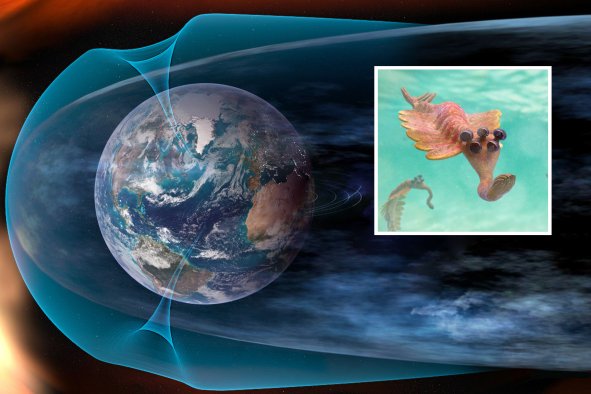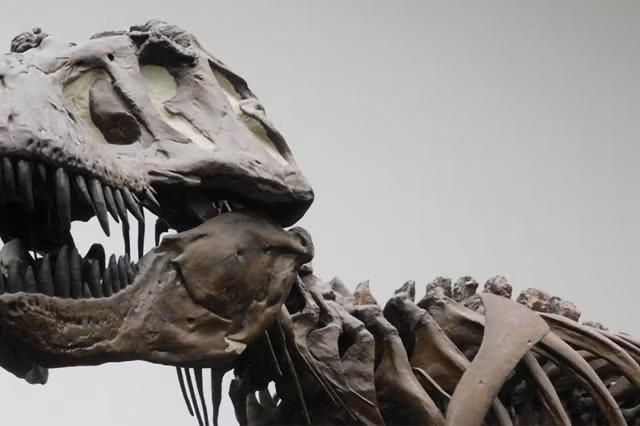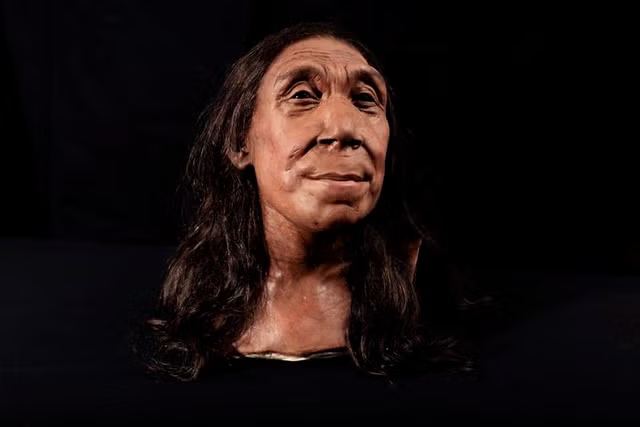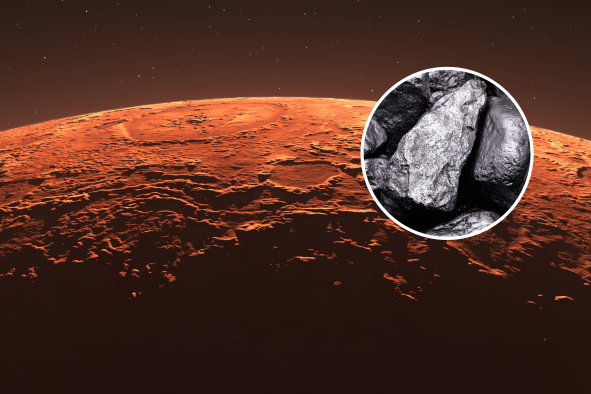There may be more drinking water waiting to be found in the Western U.S., a new computer model suggests.
The new model uses artificial intelligence (AI) to get better estimations of water supply across large distances in the West. Details on the computer model and its findings were published in Proceedings of the AAAI Conference on Artificial Intelligence by researchers at Washington State University.
There are currently 822 snow measurement stations across the West, which provide information on snow water equivalent (SWE), which is the amount of water stored in snow. They provide data on how much snow there is, its temperature and more. However, considering how vast the region is, there is only one for every 1,500 square miles, the new study reported.
The improved model, however, is able to measure water availability in a much wider set of locations, and in areas that are usually ignored.
"This is a problem that's deeply related to our own way of life continuing in this region in the Western U.S," co-author of the study Kirti Rajagopalan, a professor in WSU's Department of Biological Systems Engineering said in a statement. "Snow is definitely key in an area where more than half of the streamflow comes from snow melt. Understanding the dynamics of how that's formed and how that changes, and how it varies spatially is really important for all decisions."
The new tool's measurements were compared against 300 existing snow measuring stations to test its efficiency. The researchers found that this new model drastically outperformed these current methods.
Knowing how much water is available in snow is highly important in the West. Snowmelt feeds the region's rivers and reservoirs and is vital for the overall water supply.
The region has also suffered from a prolonged megadrought since 2000, meaning water supplies have become scarce over time. Accurate measurements of water availability in snow are vital for policymakers and scientists planning the region's future. Officials measure the amount of snow every spring to determine the potential water supply for the coming year.
Krishu Thapa, a WSU computer science graduate student who led the study, said in a statement that "every drop of water" from snow in the West can be used for many different purposes, including irrigation, hydropower, and drinking water.
Drought conditions have been so bad in parts of the West that policymakers have started to seriously consider how to conserve water, especially as climate change continues to make weather patterns unpredictable.
The new and improved model won't be implemented just yet, however it will help experts forecast water availability and allow them to make more informed decisions.
"Using our new technique, we're using both and spatial and temporal models to make decisions, and we are using the additional information to make the actual prediction for the SWE value," Thapa said. "With our work, we're trying to transform that physically sparse network of stations to dense points from which we can predict the value of SWE from those points that don't have any stations."
Do you have a tip on a science story that Newsweek should be covering? Do you have a question about water supply? Let us know via science@newsweek.com.
Disclaimer: The copyright of this article belongs to the original author. Reposting this article is solely for the purpose of information dissemination and does not constitute any investment advice. If there is any infringement, please contact us immediately. We will make corrections or deletions as necessary. Thank you.



